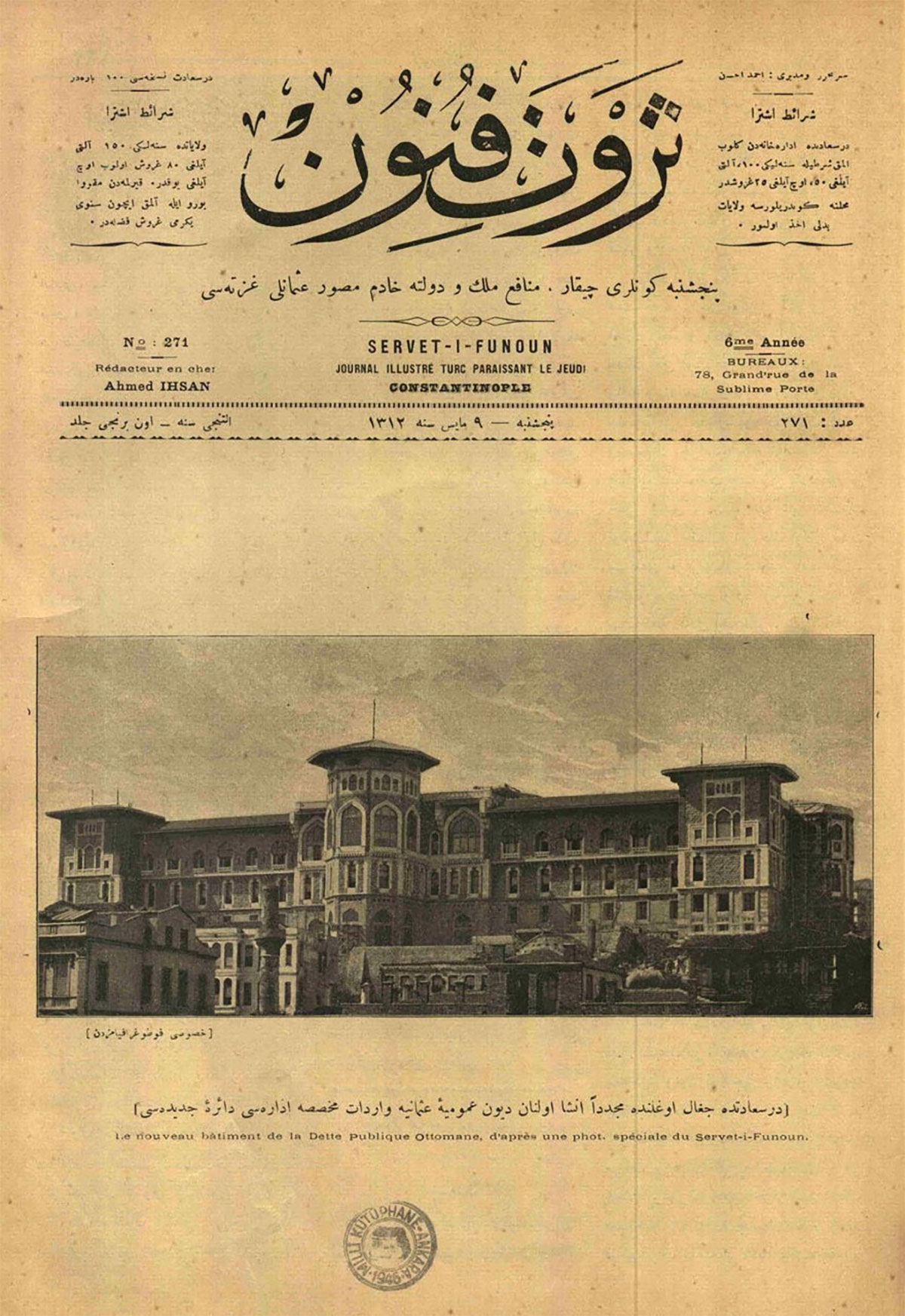On this day in history, October 1875, the Ottoman Empire declared “bankruptcy.”

The treasury was in such dire straits during the fiscal year of 1850-1851 that it could not even pay salaries, leading to the first foreign debt agreement. However, the Empire renounced the agreement by paying a penalty. On June 27, 1855, the offers from England and France to provide credit were accepted, marking the beginning of the foreign borrowing era in Ottoman financial history. A second agreement was signed since the borrowed funds were insufficient to cover war expenses. Foreign borrowing became a habit for Ottoman administrators due to its ease, resulting in 15 foreign debt agreements signed from 1854 to 1874. The Ottoman Empire entered a rapid borrowing period to cover budget deficits arising from current expenditures and eventually declared bankruptcy on October 6, 1875. A decree published in newspapers and sent to foreign ambassadors on that day announced that the Ottoman Empire would reduce all its domestic and foreign debts and interest payments by half for a period of five years. From April 1876 onwards, debt repayments were completely halted. European reactions to the decree were significant. When Abdulhamid II became sultan in 1876, even 80% of state revenues were insufficient to pay the foreign debts. Therefore, the salaries of officials, retirees, and ministers were reduced. These reduced salaries were delayed by four to five years. In 1878, the Russians, who had advanced as far as Yeşilköy, demanded a high war indemnity. Thus, the Ottoman Empire entered into another century-long debt, and in the same year, the Island of Cyprus was leased to the British. At the 1878 Berlin Congress, creditor states forced the Ottoman Empire to accept the establishment of a multinational financial commission in Istanbul to manage Ottoman finances. Economic dependency led to political dependency.
A State within a State: The Council of Public Debt
Abdulhamid II issued the Decree of Muharram on December 20, 1881. According to the Decree of Muharram, the Council of Public Debt (Düyunu Umumiye) Administration, consisting of a total of 7 members representing British, French, German, Italian, Dutch, Austrian creditors, and Ottoman creditors, as well as the Galata Bankers, was established. The chairmanship of the institution was to be held by the British and French delegates alternately for five-year terms. The Council of Public Debt, which seized one-third of the Ottoman Empire’s primary revenues, started operating as a state within a state from January 1882 onwards. The institution was actually a private company under foreign control, separate from the government. The institution had a headquarters in Istanbul, which is now Istanbul High School for Boys. The Council of Public Debt continued to oversee the internal and external debts of the Ottoman Empire until 1923.
